Are you thinking about jumping into commercial real estate, but feel stuck because you don’t have any capital or you're intimidated by the high price tags? You're not alone. I’ve been there—and I’ve figured out ways to get in the game without a pile of cash. In this guide, I’m going to show you how to get started with no money down or with minimal investment. These aren’t just theories; I’ve personally used several of these strategies, including the one that helped me buy my first office building at 26.
The best investment on Earth is earth.
No Money Down: High-Effort, High-Reward Strategies
Let’s start with the hard ones. These no-money-down methods aren’t easy, but they work if you’re willing to get creative and hustle.
Rent to Own
This is exactly what it sounds like—lease the property first, with an option to buy it later. It gives you time to test the location and reduce your risk. During lease negotiations, agree on the monthly rent and how much of that rent will count toward the purchase price. Lock in a price and timeline—usually 3 to 7 years—for when you can exercise the purchase option.
If you decide not to buy, you’ve simply rented the space. But if you do buy, those rent payments can be credited toward your down payment. You don’t even have to run your own business in the space—arbitrage the lease by subleasing to another tenant at a higher rate.
| Step | Details |
|---|---|
| Monthly Rent | Agree on an appropriate rent amount for the lease |
| Tenant Improvements | Negotiate any tenant improvements or repairs needed |
| Rent Credit | Pre-negotiate how much rent will apply to purchase price |
| Purchase Price | Set the future purchase price at the start of the lease |
| Exercise Option Timeline | Decide on a timeline to exercise the purchase option (3-7 years) |
The seller acts as your lender. Instead of going to a bank, you make payments directly to the seller. This is useful if you have credit issues, or simply want to avoid the hurdles of traditional financing. You’ll often pay a higher price or higher interest rate to make the deal appealing to the seller, but it keeps cash out of your pocket up front.
Want to make the pitch stronger? Emphasize that the seller retains a first-position mortgage—if you default, they can take the property back. It's a safety net for them.
Most seller-financed deals come with a balloon payment due in 5–7 years. Plan to refinance before that hits, especially if you’ve built up equity. To keep your monthly payments low, try to negotiate a 30-year amortization.
Seller Crediting the Down Payment
This one’s rare and tricky, but when it works, it’s brilliant. The seller helps you cover your down payment by raising the sale price to include that credit. You’ll need full transparency with your lender, because many won’t be comfortable unless the property value is strong.
Position this with the seller as a win-win. They get a higher sale price and potentially a better return, and you avoid a cash outlay. In some cases, the credit can be structured as a forgivable loan or categorized as a repair allowance.
SBA 7(a) Loans: The Business Owner’s Entry Point
If you own a business and need space, the SBA 7(a) loan is a powerful tool. Some lenders offer up to 100% financing, which means no down payment. Requirements include:
- Your business must occupy at least 51% of the building.
- You’ll need solid cash flow, good credit, and collateral.
This loan is essentially commercial house hacking. Start with your business as the primary tenant, build equity, and refinance later for investment use.
| Criteria | Details |
|---|---|
| Collateral | Must have significant collateral |
| Debt Service Coverage | Ratio of 1.25x or higher |
| Positive Cash Flow | Proven history of positive cash flow |
| Occupancy | Must occupy at least 51% of the property |
| Credit | Outstanding personal and business credit |
Subject-To Acquisitions
This strategy lets you take over the existing mortgage of a distressed seller—perfect for moving fast on undervalued properties. It became popular during the Great Recession and still works when sellers are in trouble.
Before you pull the trigger, check if the mortgage is assumable. If it’s not, the lender could call the note when the deed changes hands, which could blow up the deal. Always read the loan docs and verify the terms.
Low-Money Down: Easier, Still Creative
If the no-money-down approach feels too ambitious right now, consider these strategies that require only a small investment.
Get Your Real Estate License
- This was my golden ticket. Having a license allows you to earn commissions on your own deals. My first office building came to me after a client’s financing fell through—I took over the contract, rolled my 3% commission into the equity, and raised $100,000 from two investors. That deal launched my portfolio.
- A license also builds credibility and opens doors to inside deals and off-market properties.
Bring the Deal to the Money
- You may not have cash, but if you find a great deal and structure a smart plan, investors will want in. In these cases, they fund the project, and you contribute sweat equity—finding the property, negotiating terms, overseeing management.
- You’ll give up most of the equity, but it gets you into deals, builds your resume, and earns you a seat at the table. Set aside some equity for your role and stay involved as a managing partner.
Lease Before Closing
- This one saved me a huge chunk of cash. I had a vacant retail building under contract, and the lender expected a 20–25% down payment because of the risk. So, before we closed, I leased it. That lease increased the property’s value, and we ended up getting a 90% loan-to-cost. We brought less than half the originally expected down payment to closing.
- This strategy turns a risky vacant property into a stabilized income-producing asset—before you even own it.
Don’t you dare underestimate the power of your own instinct.
Final Thoughts
You don’t need piles of cash to invest in commercial real estate. You need creativity, hustle, and a willingness to work the deal from angles others overlook. Every one of these methods has worked for me or people I know personally. Some are tougher than others, but they’re all real.
Now go get after it.
Other articles for you
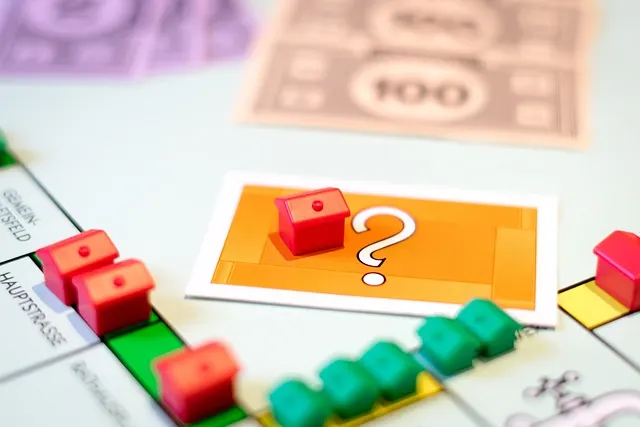
The idea is simple

If you’ve got crypto sitting idle in your wallet, you’re probably leaving money on the table.

Today, we’re diving into the two most common passive income options in the crypto space: yield farming and staking.

A Certificate of Deposit—or CD—is a savings tool where you lock in your money for a fixed period in exchange for a higher interest rate than a standard savings account.
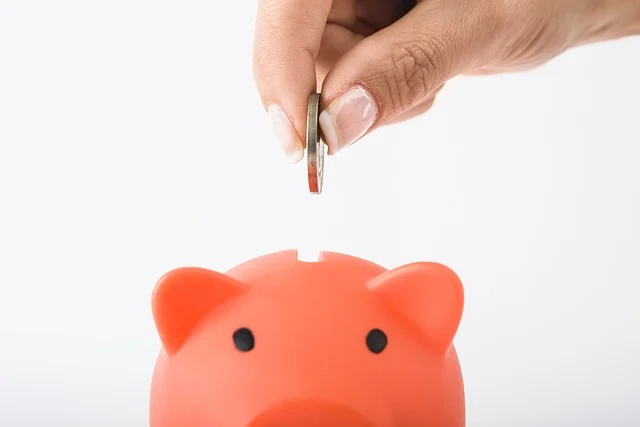
Only about 18% of americans use high-yield savings accounts—an option that can significantly increase your returns with minimal effort.

You want to grow your wealth without spending hours learning to trade stocks, stress over market movements, or hire expensive financial advisors.
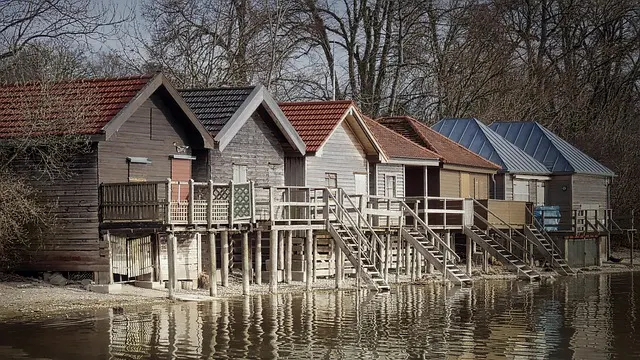
You can achieve financial freedom with just 10 paid-off rental properties, not a massive portfolio.

Real estate investing is one of the most powerful vehicles for building long-term, generational wealth.
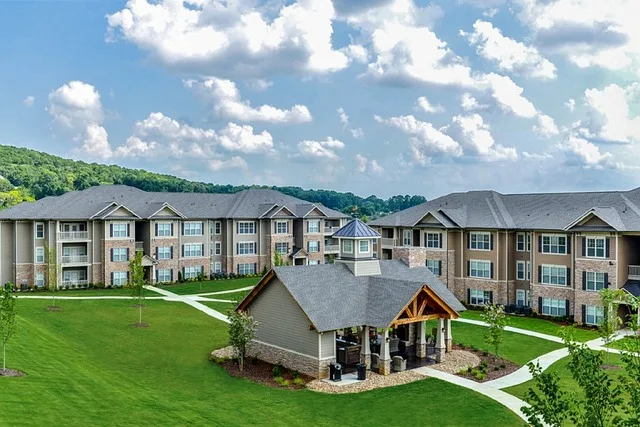
You don’t need to buy real estate, or sign a lease, not even need to spend a dollar upfront to make money on Airbnb.
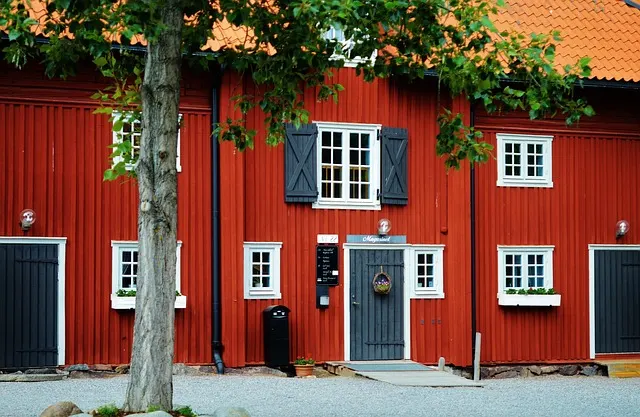
A mobile home park is a residential community where individual plots—called pads—are rented to mobile home owners.